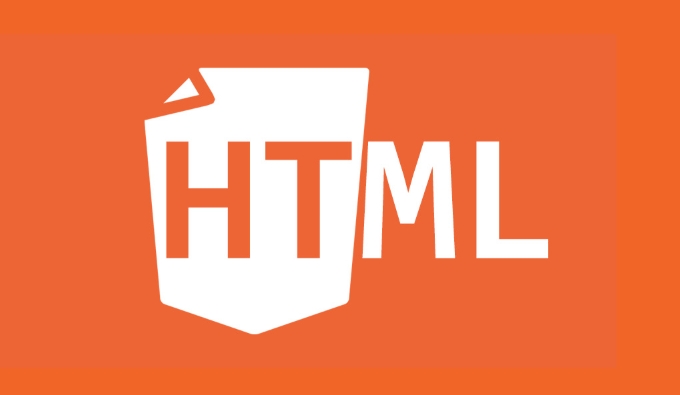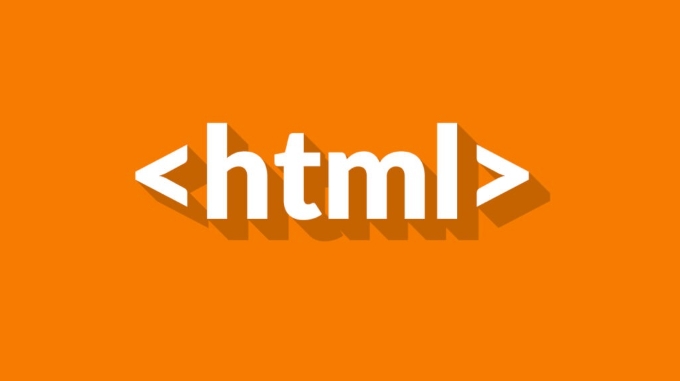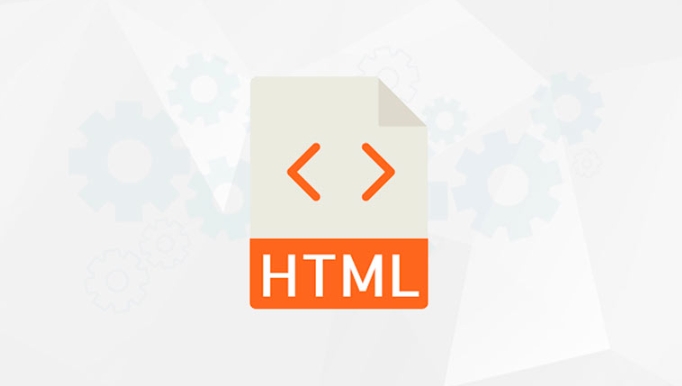
Using semantic HTML helps search engines better understand the structure and meaning of your content, which can improve your SEO performance. Search engines like Google rely on algorithms that parse web pages to determine relevance and ranking. Semantic HTML gives them clearer signals about what different parts of your page means—like whether a section is navigation, an article, or a sidebar.

Here are a few key ways semantic HTML boosts SEO:

1. Improved Content Understanding
Search engines use HTML tags to determine context and hierarchy. When you use semantic tags like <article></article> , <section></section> , or <header></header> , you're essentially telling the search engine, “This part is important and serves a specific purpose.” This clarity helps crawlers index your site more accurately.
For example:

- Using
<article></article>for blog posts make it clear that this is a self-contained piece of content. - Using
<nav></nav>for menus tells crawlers where the main navigation links are located.
This kind of structure helps search engines prioritize content and may even influence how your page appears in rich snippets or featured snippets.
2. Better Accessibility = Indirect SEO Benefit
Semantic HTML often goes hand-in-hand with accessibility improvements. Screen readers and other assistive technologies rely heavily on proper HTML structure to interpret and present content. While this doesn't directly affect rankings, better accessibility usually means a better user experience, which is a known SEO factor.
Some benefits include:
- Easier navigation for users
- More consistent rendering across devices
- Cleaner code that loads faster
Google has made it clear that user experience plays a role in rankings, so anything that improves accessibility and usability—like semantic HTML—can help indirectly.
3. Cleaner Code, Faster Crawling
Pages built with semantic HTML tend to have cleaner, more organized code. That means less reliance on <div> s with class names like <code>“main-content” or “sidebar” . Since search engine crawlers read through your HTML, having meaningful tags make their job easier and reduces the chance of misinterpretation.
Also, when your HTML is clean:
- It's easier to maintain
- There's less unnecessary code slowing things down
- It helps prevent duplicate content issues by clearly defining sections
In short, semantic HTML keeps your site tidy under the hood, which supports both performance and SEO.
So while semantic HTML alone won't skyrocket your rankings, it's one of those foundational pieces that make everything else work better. It's not complicated, but it does matter.


























